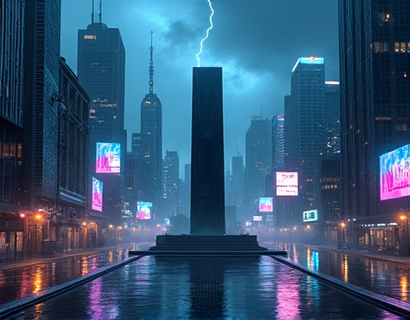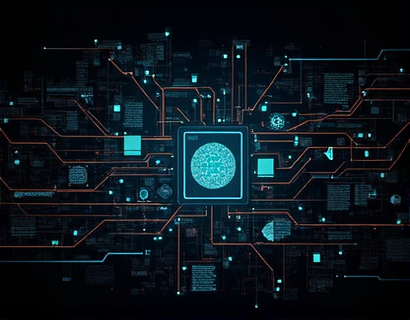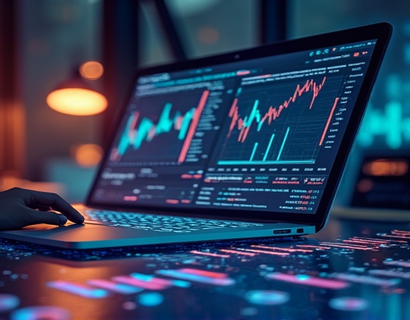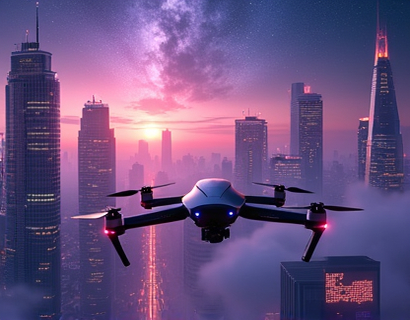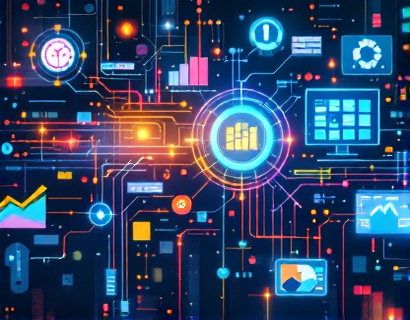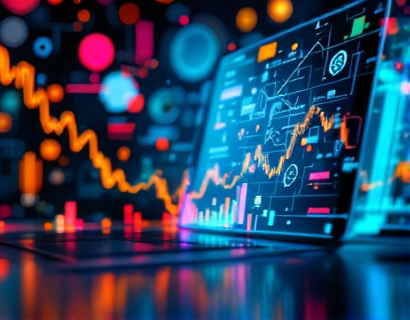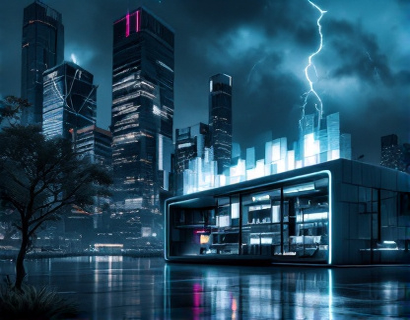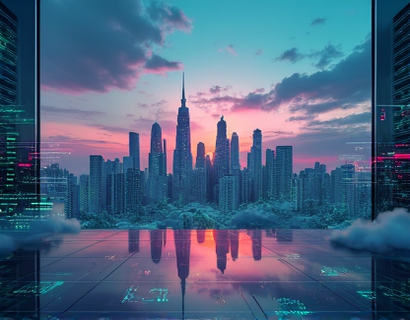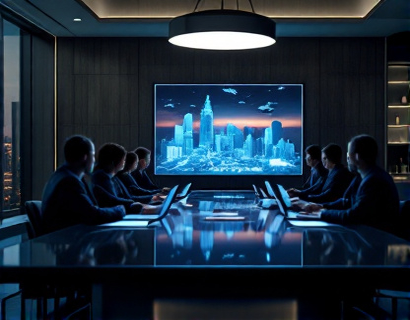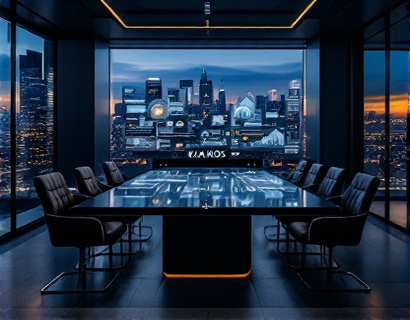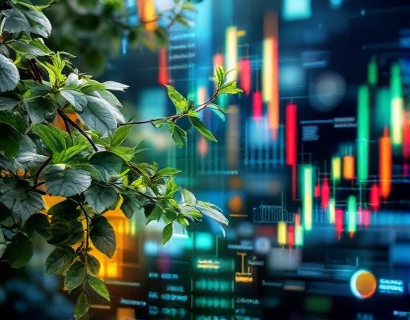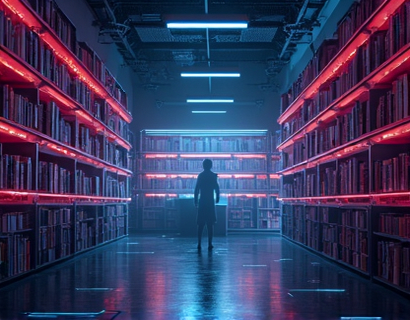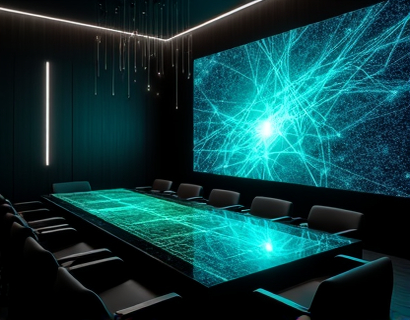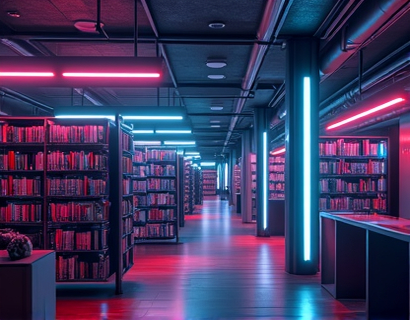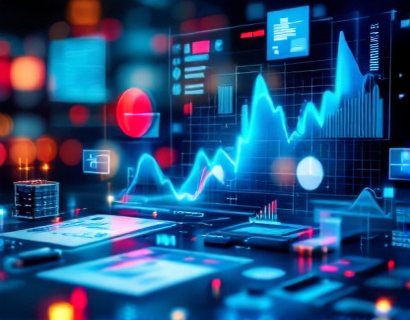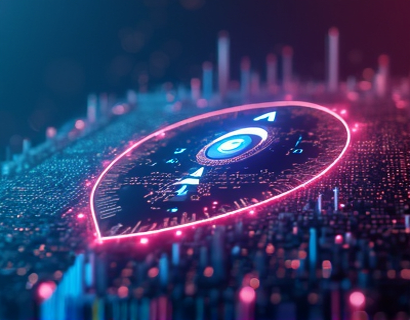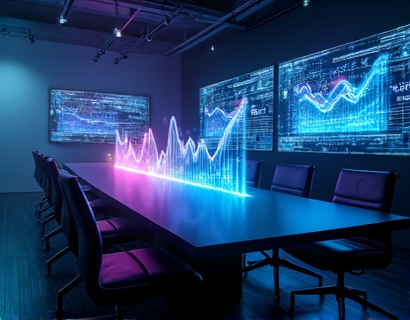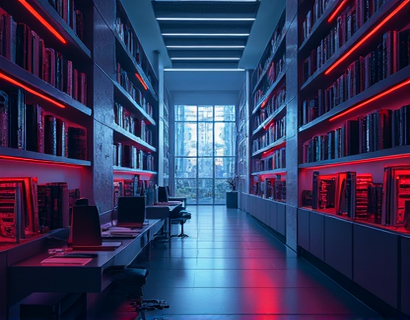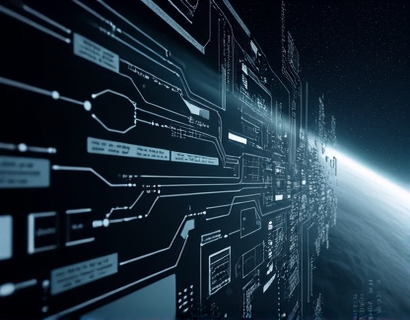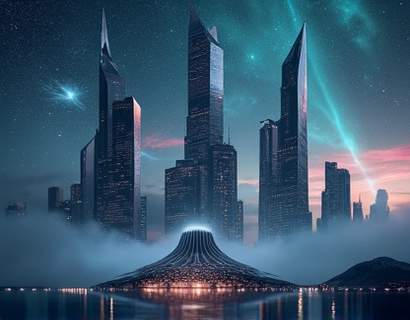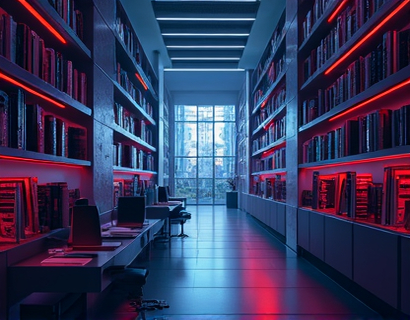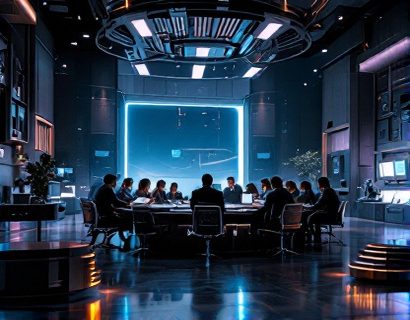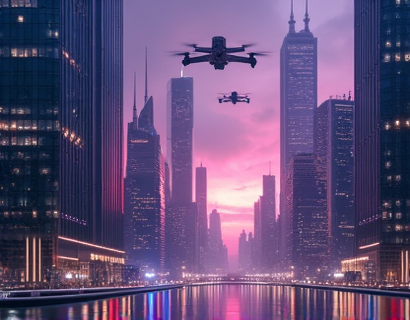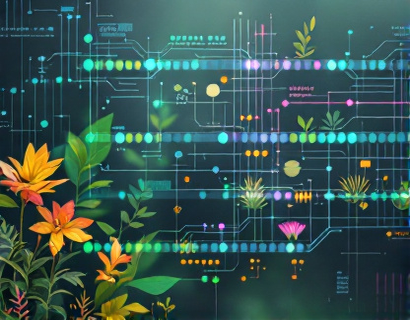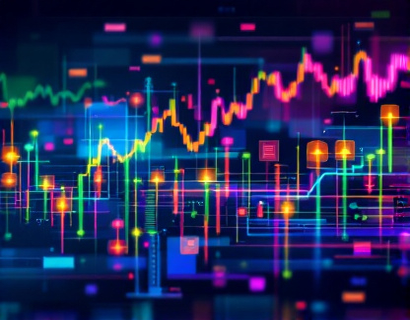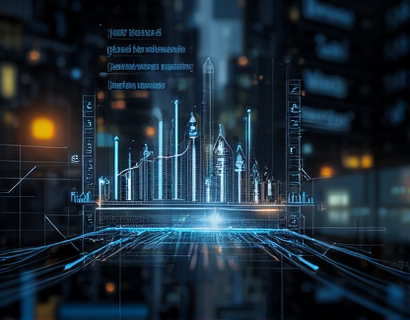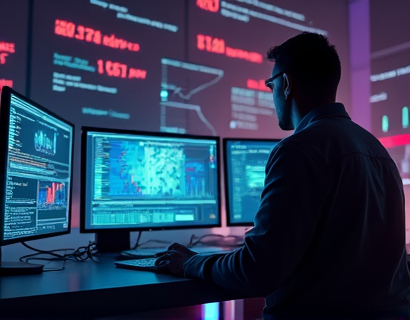Unlocking Digital Transformation: Converting Physical and Digital Assets into Enchanted Collectibles
The digital age has ushered in a new era of creativity and innovation, where the boundaries between the physical and digital worlds are increasingly blurred. One of the most exciting developments in this space is the ability to transform physical and digital assets into captivating digital collectibles. This process, facilitated by advanced online solutions, not only enhances the value and allure of unique possessions but also opens up a realm of possibilities for creative expression and community engagement.
Digital collectibles are more than just digital representations of physical items; they are immersive, interactive, and often tied to blockchain technology, ensuring uniqueness and scarcity. This article delves into the process of converting your unique possessions into these enchanting digital artifacts, exploring the tools, platforms, and communities that make this transformation possible.
The Concept of Digital Collectibles
Digital collectibles are digital assets that hold value due to their scarcity, uniqueness, and often, their association with a particular community or culture. These collectibles can range from digital art and in-game items to virtual real estate and exclusive digital experiences. The allure of digital collectibles lies in their ability to be owned, traded, and appreciated in a digital space, much like their physical counterparts.
The rise of blockchain technology has been a game-changer for digital collectibles. Blockchain provides a decentralized and secure way to verify ownership and provenance, ensuring that each digital collectible is unique and cannot be replicated. This technology has given birth to new markets and economies, where digital collectibles are bought, sold, and collected with the same enthusiasm as traditional collectibles.
Transforming Physical Assets into Digital Collectibles
The process of converting physical assets into digital collectibles involves several steps, from scanning and digitizing the asset to creating a unique digital representation. Here’s a detailed look at this process:
First, the physical asset needs to be scanned or photographed in high resolution to capture its details accurately. This step is crucial as the quality of the digital representation hinges on the quality of the initial scan or photo. Advanced imaging techniques and high-resolution cameras ensure that every nuance of the physical asset is captured.
Once the asset is digitized, the next step is to create a 3D model or a detailed digital image. This can be done using specialized software that allows for manipulation and enhancement of the digital asset. Artists and designers play a vital role here, using their skills to refine and beautify the digital representation, adding textures, colors, and effects that bring the asset to life.
After the digital model is created, the asset is minted on a blockchain platform. This process involves writing the digital collectible’s details, including its uniqueness and ownership information, into the blockchain. The use of blockchain ensures that the digital collectible is secure, verifiable, and resistant to tampering.
Transforming Digital Assets into Collectibles
Conversely, transforming digital assets into collectibles involves a similar but reverse process. Here’s how it works:
First, the digital asset is selected and prepared for conversion. This may involve optimizing the file size and format to ensure smooth performance in various digital environments. The asset’s metadata, such as its name, description, and unique identifiers, is also prepared.
Next, the digital asset is placed on a digital platform that supports collectible creation. These platforms often provide tools for customization, allowing users to add unique attributes or features to the collectible. This could include limited edition tags, special abilities, or exclusive backstories that enhance the collectible’s appeal.
Once the digital collectible is customized, it is minted on a blockchain, similar to the process for physical assets. This step ensures that the digital collectible is unique, verifiable, and securely owned by the creator or holder.
Benefits of Digital Collectibles
The transformation of physical and digital assets into collectibles offers numerous benefits, both for individuals and communities:
Enhanced Value and Rarity
Digital collectibles can significantly increase the value of both physical and digital assets. The scarcity created by blockchain technology ensures that each collectible is unique, making it more desirable and valuable. Collectors and enthusiasts are willing to pay premium prices for rare and unique digital collectibles, providing a new revenue stream for asset owners.
Global Community and Engagement
Digital collectibles foster a global community of like-minded individuals who share a passion for collecting and appreciating unique digital items. Online platforms and forums dedicated to digital collectibles provide a space for users to connect, trade, and collaborate. This community aspect enhances the overall experience, making it more engaging and rewarding.
Creative Expression and Customization
The process of creating digital collectibles allows for immense creative freedom. Users can experiment with different designs, features, and attributes, pushing the boundaries of what a collectible can be. This level of customization makes each collectible a personal expression of the creator’s vision and style.
Preservation and Accessibility
Digital collectibles offer a way to preserve physical assets in a digital format, ensuring their longevity and accessibility. Physical items can degrade over time, but their digital counterparts remain intact and can be easily shared and enjoyed by others. This preservation aspect is particularly valuable for rare and fragile items.
Tools and Platforms for Digital Transformation
Several tools and platforms are available to facilitate the transformation of assets into digital collectibles. These platforms vary in their features and capabilities, catering to different levels of expertise and use cases:
Blockchain Platforms
Blockchain platforms like Ethereum, Flow, and Tezos are commonly used for minting digital collectibles. These platforms provide the necessary infrastructure for creating unique, verifiable, and secure digital assets. Each platform has its own set of features, such as different blockchain protocols and smart contract capabilities, which can influence the choice of platform for a specific project.
Digital Asset Marketplaces
Marketplaces like OpenSea, Rarible, and SuperRare specialize in the buying, selling, and trading of digital collectibles. These platforms offer a user-friendly interface for creators to list their collectibles and for collectors to discover and purchase unique items. They also provide tools for managing collections and tracking ownership history.
Creation and Customization Tools
Tools like Blender, 3ds Max, and Adobe Creative Suite are essential for creating and customizing digital assets. These software applications offer advanced features for 3D modeling, texturing, and animation, allowing artists to bring their visions to life. Additionally, platforms like Web3 Artist Toolkit and Mintable provide simplified tools for creators to mint and manage their digital collectibles directly from the browser.
Case Studies and Success Stories
To better understand the potential of digital collectibles, let’s explore a few success stories:
One notable example is the digital art platform KnownOrigin, which allows artists to create and sell unique digital art pieces as NFTs (Non-Fungible Tokens). These NFTs are minted on the Flow blockchain, known for its efficiency and low transaction fees. KnownOrigin has seen significant success, with artists selling high-value digital art pieces to collectors around the world.
Another example is the gaming industry, where digital collectibles have become an integral part of gameplay. Games like Axie Infinity and Sorare use blockchain-based digital collectibles to create engaging and monetizable experiences. Players can collect, trade, and battle with digital creatures, with the collectibles holding real value outside the game.
Challenges and Considerations
While the potential of digital collectibles is vast, there are several challenges and considerations to keep in mind:
Technical Complexity
Creating and managing digital collectibles requires a certain level of technical knowledge, especially when dealing with blockchain technology. Users need to understand concepts like wallets, smart contracts, and blockchain networks to fully leverage these platforms.
Market Volatility
The digital collectibles market can be volatile, with prices fluctuating based on market demand and trends. Investors and collectors should approach this space with caution, doing thorough research and understanding the risks involved.
Environmental Impact
Blockchain technology, particularly proof-of-work blockchains, has been criticized for its high energy consumption. However, many platforms are moving towards more sustainable blockchain solutions, such as proof-of-stake, to mitigate this impact.
Conclusion
The ability to transform physical and digital assets into enchanted digital collectibles represents a exciting intersection of art, technology, and innovation. This process not only enhances the value and appeal of unique possessions but also opens up new avenues for creative expression and community engagement. As the technology matures and more platforms emerge, the potential for digital transformation continues to grow, offering endless possibilities for those willing to explore this new frontier.



